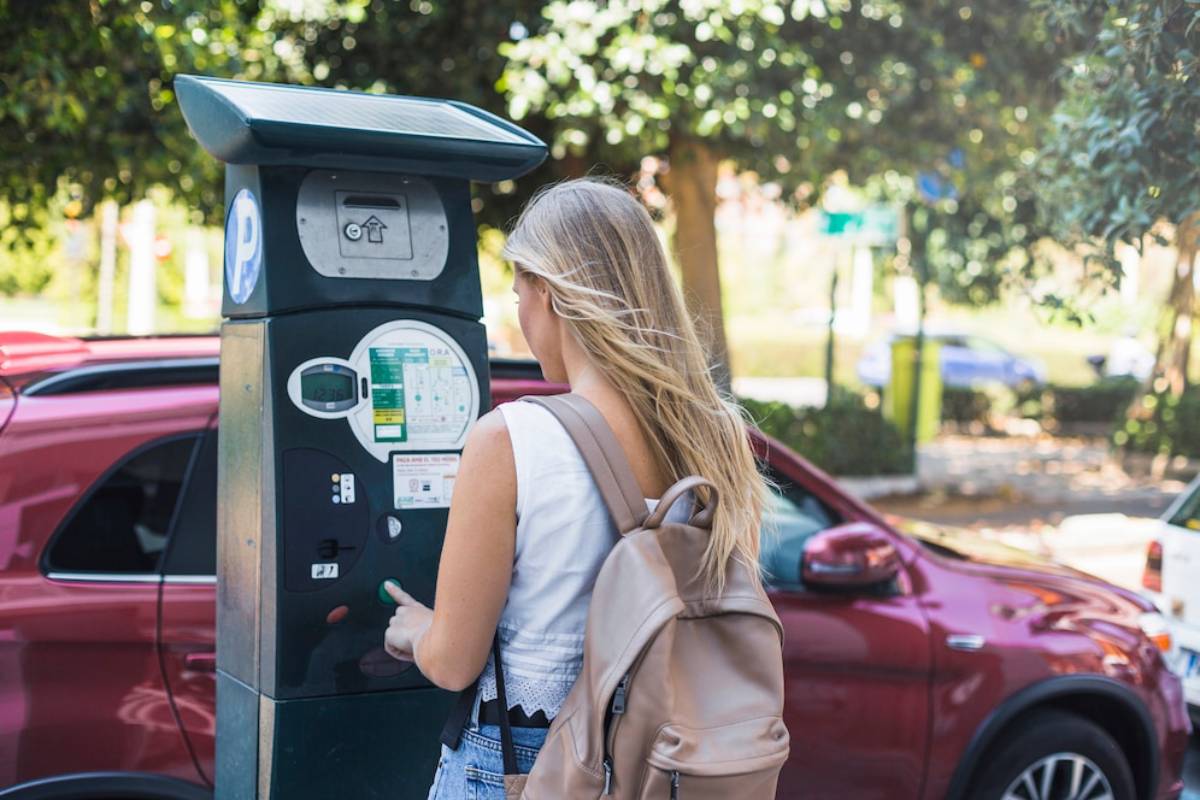
How Electric Vehicles are Shaping the Future of Public Transport
Public transport eases traffic, reduces pollution, and helps build sustainable cities. Climate change is real. So, governments and transport authorities are opting for electric vehicles (EVs). They see EVs as a better option than diesel and petrol cars.
As electric buses and taxis pick up speed on urban streets, they deliver an eco-friendly remedy to our mobility dilemmas. But how are these innovative machines reshaping public transport? This article explores the rise of electric buses and taxis. It looks at their benefits, challenges, and the bright future of green transport.
Why Public Transport Needs Electrification
1. Reducing Carbon Emissions
Diesel buses and taxis pollute the air and emit greenhouse gases. Switching to electric alternatives can help cities meet their climate goals and improve air quality.
- Diesel buses emit high levels of CO₂ and nitrogen oxides (NOx), which are harmful to the environment and public health.
- Electric buses produce zero tailpipe emissions, leading to cleaner urban air and better respiratory health for city residents.
- Cities with high pollution levels, such as London, New Delhi, and Beijing, are prioritising electric public transport to reduce smog and improve air quality.
2. Lowering Operating Costs
Electric vehicles have lower maintenance and fuel costs compared to their diesel counterparts.
- Electric buses cost less to run per kilometre than diesel buses due to lower fuel and maintenance expenses.
- Many cities are investing in EV charging infrastructure to support long-term savings in public transport.
- Regenerative braking in electric buses cuts energy use and boosts battery life.
3. Enhancing Passenger Experience
Electric buses and taxis provide a quieter, smoother ride compared to traditional vehicles.
- EVs operate almost silently, reducing noise pollution in cities.
- Passengers experience fewer vibrations and smoother acceleration, making public transport more comfortable.
- Many electric buses have modern features. They include Wi-Fi and USB charging ports. These upgrades make travel easier for passengers.

The Rise of Electric Buses
Electric buses are replacing diesel buses in many cities. This shift is due to government policies, new technology, and lower battery costs.
1. Global Adoption of Electric Buses
Many countries are leading the transition to electric buses:
- China: Over 500,000 electric buses operate, accounting for 98% of the world’s electric bus fleet.
- Europe: Cities like London, Paris, and Berlin are investing heavily in e-bus fleets.
- United States: Cities like Los Angeles and New York plan to convert their bus fleets to electric by 2040.
2. Government Policies Driving E-Bus Adoption
Governments are implementing incentives and policies to promote electric bus adoption:
- China offers significant subsidies to cities adopting electric buses.
- The European Green Deal encourages countries to transition to zero-emission transport.
- The US Infrastructure Bill includes funding to replace diesel buses with electric alternatives.
3. Benefits of Electric Buses
- Lower Carbon Footprint: Zero emissions reduce environmental impact.
- Cost Savings: Lower fuel and maintenance costs make e-buses financially attractive.
- Quieter Cities: Reduced noise pollution benefits both residents and passengers.
- Advanced Features: Many e-buses have smart tech. They offer automated fare collection and real-time tracking.
The Role of Electric Taxis in Urban Mobility
Electric taxis are becoming popular in cities around the world. They provide an eco-friendly option compared to regular petrol and diesel taxis.
1. Leading Cities Adopting Electric Taxis
Several cities have already introduced large fleets of electric taxis:
- London: The London Electric Taxi initiative requires all new taxis to be electric or hybrid.
- Paris: The G7 taxi company aims to convert its entire fleet to electric by 2027.
- Beijing: Thousands of electric taxis operate across the city, significantly reducing urban emissions.
2. Advantages of Electric Taxis
- Lower Running Costs: Charging an EV is significantly cheaper than petrol or diesel refuelling.
- Reduced Maintenance: Electric motors have fewer moving parts, reducing wear and tear.
- Government Incentives: Many cities give tax breaks and subsidies to taxi companies that switch to EVs.
- Cleaner Air: Thousands of taxis drive daily, and electrification helps urban air quality a lot.
3. Challenges Facing Electric Taxis
Despite the benefits, some barriers remain:
- Charging Infrastructure: Taxi drivers need fast-charging stations to minimise downtime.
- Battery Range: Long shifts require reliable battery performance throughout the day.
- Upfront Cost: Operating costs are lower, but initial purchase prices can be high. This needs government support.
Quick Guide
Why EVs Are Reshaping Public Transport
- Cleaner Air: EVs produce zero tailpipe emissions—better for cities and lungs.
- Lower Costs: Reduced fuel and maintenance = long-term savings.
- Better Ride Experience: Quieter, smoother, and often tech-enhanced travel.
- Global Adoption: From London to Beijing, e-buses and e-taxis are on the rise.
- Future Tech: Solid-state batteries, smart grids, and autonomous EVs are on the horizon.
Pro Tip
Want cleaner air and quieter streets in your city? Support local policies that prioritise investment in electric public transport. The change often begins with public backing—and the results benefit everyone.
Important
Charging infrastructure remains a challenge. Without reliable, widespread, and fast charging options—especially for high-usage fleets like taxis—electrification efforts can stall. Governments and private sector collaboration is essential to build smart, scalable solutions.
Challenges in Electrifying Public Transport
While electric public transport is promising, there are several hurdles to overcome:
1. High Initial Investment
- EV buses and taxis have higher upfront costs than traditional vehicles. This means they need government subsidies and financing options.
- Cities must invest in charging stations and improve the grid for widespread electrification.
2. Charging Infrastructure Limitations
- Many cities lack sufficient public charging stations.
- Fast-charging solutions are needed to prevent long waits for recharging.
- Some urban areas face power grid limitations, making large-scale EV adoption challenging.
3. Battery Limitations
- Current battery technology requires improvements to extend the range and reduce charging time.
- Battery recycling and disposal must be addressed to make EVs truly sustainable.
The Future of Green Transport
1. Advances in Battery Technology
- Solid-state batteries promise longer range and faster charging.
- New battery materials will reduce reliance on scarce resources like lithium and cobalt.
2. Smart Charging & Grid Integration
- Cities will develop smart charging networks to optimise energy use.
- Vehicle-to-grid (V2G) technology lets buses and taxis send energy back to the grid when demand is low.
3. Autonomous Electric Public Transport
- Self-driving electric buses and taxis could revolutionise urban mobility.
- Several cities are testing autonomous shuttle buses to improve efficiency and accessibility.
Top 5 FAQs
1. Why are electric buses better for the environment?
They produce no tailpipe emissions, reducing air pollution and greenhouse gases. They’re also quieter, helping to lower noise pollution in cities.
2. Are electric buses more expensive than diesel ones?
Upfront—yes. But they offer long-term savings thanks to lower running and maintenance costs. Government grants often help with the initial investment.
3. How long do electric buses or taxis take to charge?
Charging times vary based on battery size and charger speed. Fast chargers can top up a taxi in under an hour and a bus within a few hours.
4. Can electric taxis operate all day?
With careful planning and access to fast-charging, yes. However, range and charging downtime can be an issue—especially for high-mileage shifts.
5. What cities are leading the way in electric public transport?
Beijing, London, Paris, Los Angeles, and Oslo are among the global frontrunners, with extensive plans for electrifying their public fleets.

Conclusion
Electric vehicles are revolutionising public transport, sparking a cleaner, greener journey. Cities worldwide are adopting electric buses and taxis. This cuts emissions and costs. It also improves the passenger experience.
Despite high upfront costs and few charging stations, better battery tech and attractive government incentives offer hope for the future. Cities invest in sustainable travel. So, the electric future of public transport looks certain.
Get ready for a big change in public transport! With bold ideas and strong policies, we will move to zero-emission travel. This shift will create a sustainable way for everyone to get around cities.


